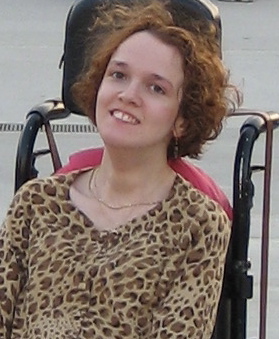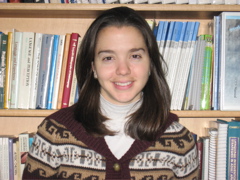|
The AAC-RERC Webcasts are free and viewable on any browser. ASHA CEUs are available for webcasts marked with the ASHA CEU Logo . |
|||
|---|---|---|---|
 |
Maximizing the Literacy Skills of Individuals who Require AACJanice Light (Penn State University) describes the components of effective literacy interventions for individuals who require AAC. |
 |
|
 |
How Far We've Come, How Far We've Got to Go: Tales from the TrenchesMichael B. Williams (ACI), a long time practitioner of the art of augmented communication uses historical biography to elucidate many of the key social and technological issues in AAC today. |
||
 |
AAC: A User’s PerspectiveColin Portnuff talks about receiving his diagnosis - Amyotrophic Lateral Sclerosis (ALS) - and the application of speech and voice technology in AAC. |
||
 |
AAC for Aphasia: A Review of Visual Scenes Display ProjectDavid Beukelman (University of Nebraska) describes recent research on effective AAC interventions for adults with Aphasia. |
 |
|
 |
AAC and College Life: Just Do It!Beth Anne Luciani (California University of Pennsylvania) describes the benefits and the challenges of college life for individuals who use AAC. |
||
 |
Visual Immersion Program (VIP) for Individuals with AutismHoward Shane and Meghan O'Brien (Children's Hospital Boston) discuss the use of the Visual Immersion Program to teach expression and receptive language skills to individuals with autism. |
||
 |
AAC Interventions to Maximize Language Development for Young ChildrenJanice Light (Penn State University) describes the components of effective interventions for young children who use AAC. |
 |
|
 |
Overview of the Health-based Funding Programs that Cover Speech Generating DevicesLew Golinker (AT Law Center) provides an overview of funding issues in AAC. |
 |
|
 |
Seating and Positioning for Individuals who use ATAileen Costigan (Penn State University) provides an introduction to important issues in seating and positioning for individuals who use assistive technology (AT). |
||
 |
Supporting Successful Transitions for Individuals who use AAC.David McNaughton (Penn State University) describes key supports to successful transitions for individual who use AAC |
 |
|
 |
Adding Projects for People with Disabilities to Engineering Design ClassesKevin Caves describes strategies he has used for adding projects for people with disabilities to engineering design classes. |
||
|
ASHA Professional Development is approved by the Continuing Education Board of the American Speech-Language-Hearing Association (ASHA) to provide continuing education activities in speech-language pathology and audiology. The approved webcasts in this program are offered for 0.1 CEUs (intermediate level; self-study web workshop). ASHA CE Provider approval does not imply endorsement of course content, specific products, or clinical procedures.
|
|||